
BLOG
We’d like you to get to know us a bit better so welcome to the news,
reviews and insights from the Mansfield Monk team.

We’d like you to get to know us a bit better so welcome to the news,
reviews and insights from the Mansfield Monk team.
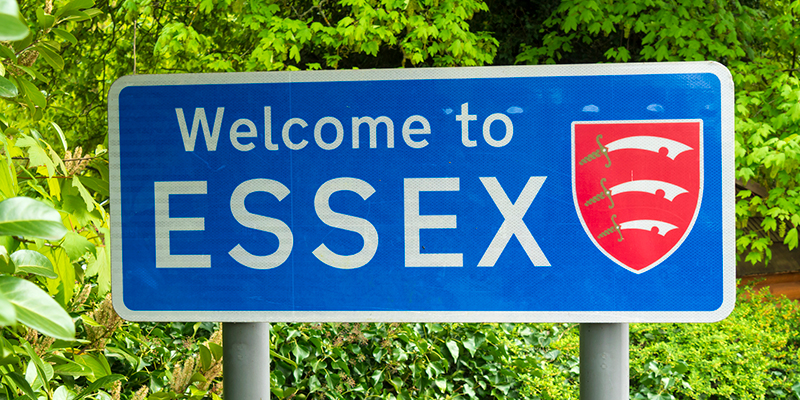
Our architectural and interior design practice has been established in Essex since 1992, so we are well aware of the ever-present stereotypes that exist about our beautiful south-east English county. Look beyond these labels though and you’ll find that the county is a veritable hotbed of architectural gems, both historical and modern. In fact, it’s proximity to London and affordability of land drew some of the country’s finest architects, engineers and visionaries of the twentieth century who made it the birthplace of British Modernism. Nestled among the commuter towns and coastal villages radical and pioneering architecture continues to this day if you know where to look.
With this in mind, we wanted to share our top ten;
1. Silver End
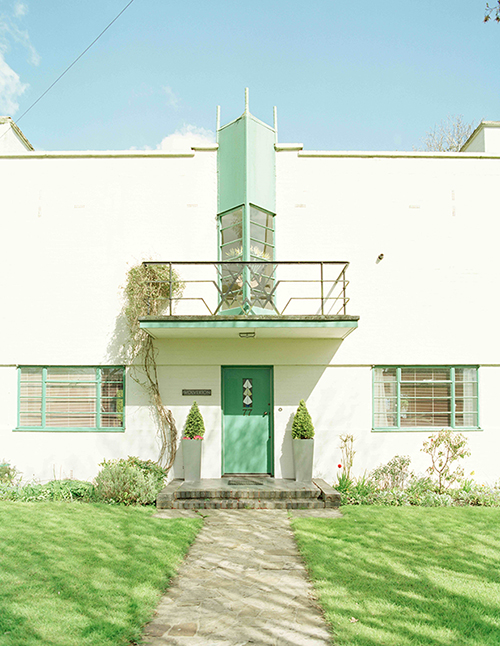
Credit: Catherine Hyland, courtesy of Focal Point Gallery
Designed and built in the late 1920’s, Silver End was the vision of socialist window manufacturer Francis Henry Crittal. Building a whole new community for the workers at the factory the modernist development was the first of its kind in the UK – a radical proposition for the Essex countryside with its art deco and Wrennie Mackintosh echoes.
2. Frinton Park Estate, Frinton on Sea
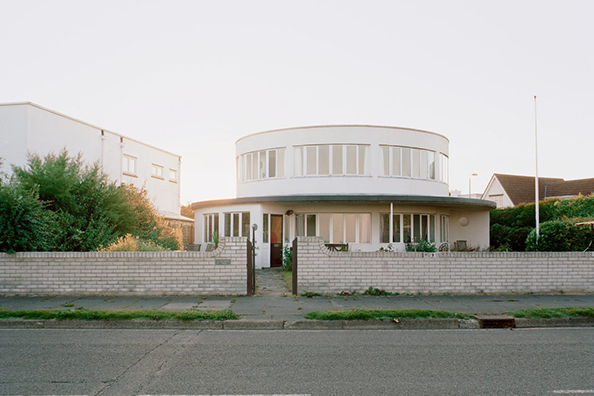
Credit: Catherine Hyland, courtesy of Focal Point Gallery
The town that could have been! A showcase for British modernism in the 1930’s, The Round House was the show home for the Frinton Park Estate – the largest group of Modernist houses in the UK. Designed by Oliver Hill, the site was intended to include a thousand art deco inspired homes but the designs proved too revolutionary for the Essex buyers; sales were so poor that only about forty houses were built with merely 15 remaining.
3. Royal Corinthian Yacht Club, Burnham on Crouch
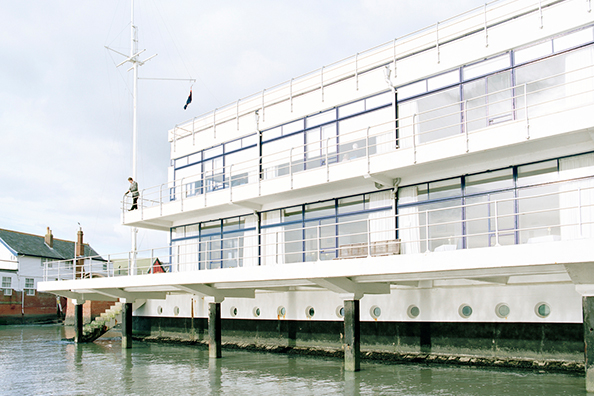
Credit: Catherine Hyland, courtesy of Focal Point Gallery
One of the most significant architects during the inter-war period, Joseph Emberton brought modern design to the coastal town of Burnham on Crouch in 1931. The Royal Corinthian Yacht Club received a Bronze award from RIBA and was the only building designed by a British architect to feature in the 1932 exhibition of modern architecture at the Museum of Modern Art in New York. Emberton went on to design Southwark Bridge and Simpsons of Picacadilly amongst others.
4. Labworth Café, Canvey Island
Embed from Getty Images
Designed in 1932 by one of the most influential engineers of the 20th century and founder of Arup, Ove Arup, the Labowrth Café was built at the start of his career and was a pioneering modernist building. Arup went on to collaborate on designs for the infamous spiralled Penguin Pool at London Zoo, the Sydney Opera House and the Pompidou Centre but Labworth Café is the only existing building designed solely by the engineer.
5. Harlow New Town
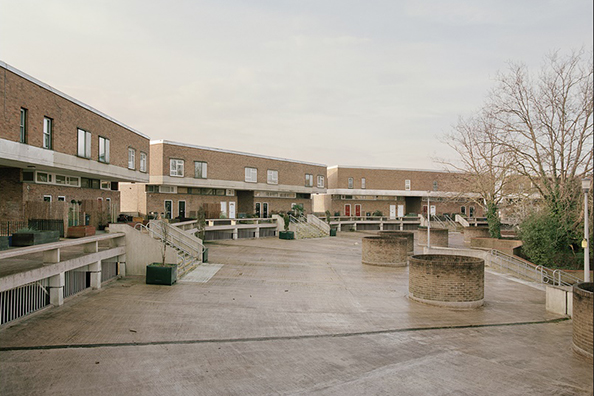
Credit: Catherine Hyland, courtesy of Focal Point Gallery
One of two new towns in Essex, Harlow’s original master plan was prepared by Sir Frederick Gibberd in 1947 to provide cheap, efficient housing in pleasant semi-rural surroundings. The town included Britain’s first tower block and even several Henry Moore sculptures and embodied a socialist utopia. The most exciting of the Harlow ‘communities’ is the Bishopsfield estate, an intimate development of L shaped flats arranged around courtyards based on the winning design to an open competition in 1961.
6. University of Essex, Colchester
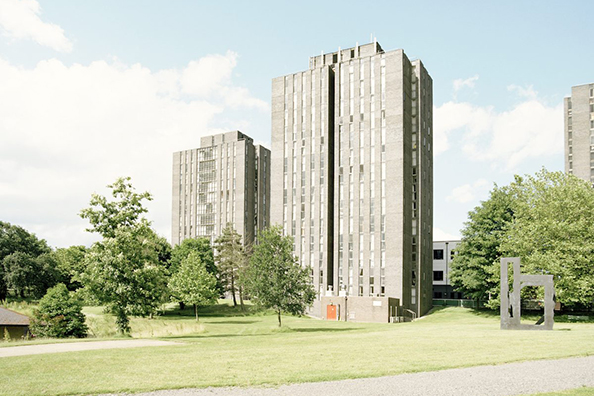
Credit: Catherine Hyland, courtesy of Focal Point Gallery
At the heart of the University of Essex was the vision to create ‘something fierce’, a learning environment that was stimulating by design yet socialist in its leanings with integrated architecture of tower blocks to promote a sense of community and sharing of knowledge. It’s bold outward appearance, designed by Kenneth Capon and typical of brutalism in the 1960’s, along with progressive lecturers and an experimental ethos for the time meant that the university became one of the most radical and politically active universities in the country. More recently the Silberrad Student Centre been added to the campus which has been thoughtfully designed as a continuation of the original utopian masterplan with a nod to the existing dominant architecture.
7. Newhall Be, Harlow
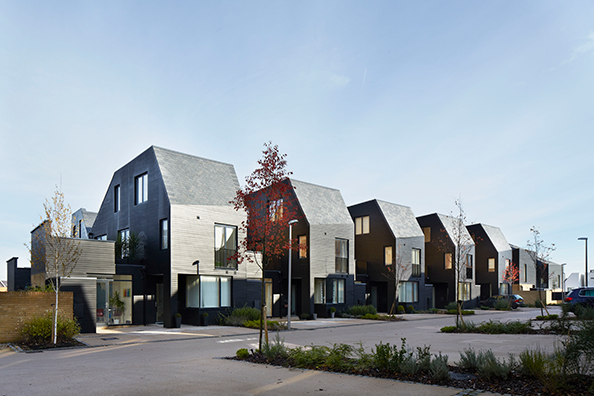
Credit: Paul Riddle, courtesy of Alison Brooks Architects
Embodying the earliest egalitarian principles of Harlow New Town: outside space for all, the strategy for this estate was to retain the existing landscape as much as possible. The result is nearly 40% communal green space with a high density footprint for housing areas. By halving the gardens and providing a roof terrace in lieu the architects were able to fit more housing on the land. The extra budget from this has, unusually, been spent on the homes themselves: full height windows and convertible roof spaces mean that these homes are light, airy and adaptable.
8. Redshank, Lee over sands
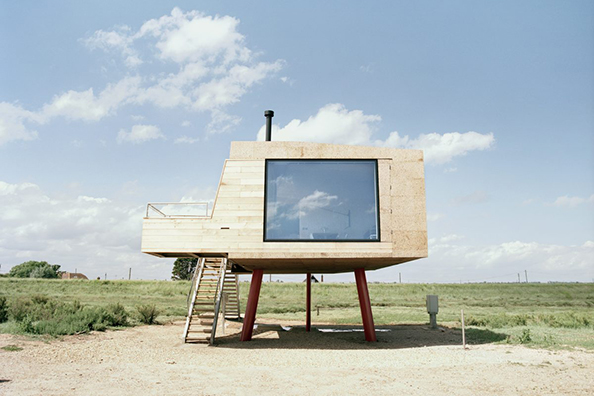
Credit: Catherine Hyland, courtesy of Focal Point Gallery
Replacing a dilapidated timber frame house the primary concept behind this 2016 artist’s retreat needed to take in to account the coastal location in a 750 acre bird reserve prone to flooding. Elevating the structure on pillars, painted red to mimic the Redshank: a wading bird found in the local salt marsh, provided the solution allowing the sea to wash in underneath. Cross-laminated timber panels and cork sheets protect the building from the elements whilst emulating the Redshank’s plumage. The shape brings to mind the sea forts which can be found nearby.
9. A House for Essex
Born and raised in Essex the Turner prize-winning artist, Grayson Perry collaborated with FAT Architecture to design the spectacular ‘A House for Essex’ in 2015 as a shrine to his fictional character, Julie. The Gaudi-esque building sits like an astonishingly quirky and ornate shrine in the unlikely rolling hills of Wrabness with views of the estuary. The interior, as colourful and bold as the exterior, is filled with artworks by Perry depicting the life of Julie.
10. Feeringbury barn, Feering
The conversion of a 600 year old barn was never going to be easy, especially one as large as this! Caveats such as no visible windows to the corrugated sheeting roof and no subdivision within the grade II listed barn were provided by conservation officers as a requirement to retain the industrial aesthetic and character of the building. Innovative materials were used to conceal large roof lights. Recycled and reclaimed materials were used throughout with the open plan areas broken up by existing concrete silos ingeniously housing stairs and bathrooms.
Find out how we can help with creating your own iconic architecture by giving us a call on 01277 351981, we’d love to hear from you!
The book, Radical Essex, can be found here which contains more information on the county as well as specially commissioned photography of it’s architecture.